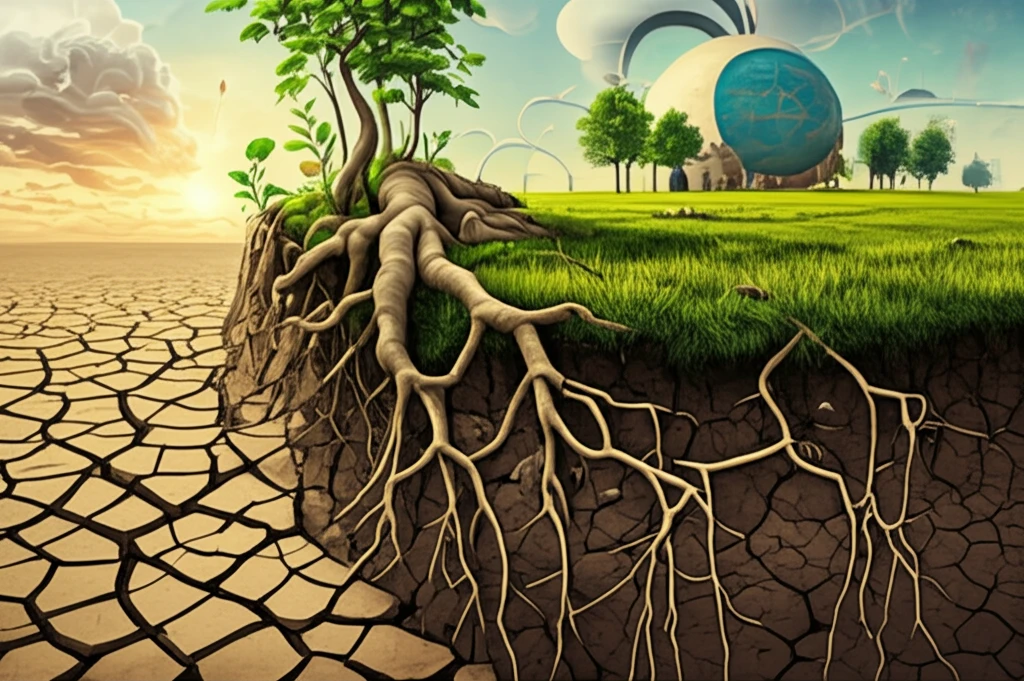
Combatting Soil Erosion: A Guide to Sustainable Land Management
"Unlock the secrets to healthy soil: Learn how erosion impacts our world and discover practical solutions for a greener future."
Soil erosion is a pressing global issue that leads to land degradation, reduced agricultural productivity, and environmental harm. It affects both semiarid and arid regions, demanding attention and effective solutions.
Understanding the intricacies of runoff generation and soil erosion is essential for developing improved soil and water conservation practices. By applying the right strategies, we can mitigate the impacts of soil erosion and promote sustainable land management.
Laboratory studies provide invaluable insights into soil erosion processes, allowing researchers to analyze the effects of different factors under controlled conditions. These studies contribute to the development of models and techniques applicable to real-world scenarios.
Understanding Soil Erosion: Why It Matters?

Soil erosion occurs when soil particles are detached and transported by water, wind, or other agents, leading to the loss of fertile topsoil. This process not only diminishes agricultural yields but also contributes to water pollution, sedimentation, and ecosystem degradation.
- Climate Change: Extreme weather events intensify erosion risks.
- Deforestation: Loss of vegetation exposes soil to erosive forces.
- Unsustainable Farming: Tillage practices disrupt soil structure.
Taking Action: Protecting Our Soils for Future Generations
By implementing sustainable land management practices, we can protect our soils, enhance agricultural productivity, and build a more resilient future. It's time to unite, adopt innovative approaches, and make a lasting impact on our planet's most valuable resource.
